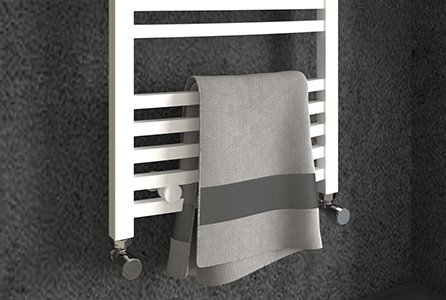Struggling with uneven heating or skyrocketing energy bills? It’s frustrating when your radiators don’t perform, leaving you cold or costing a fortune. A Danfoss thermostatic radiator valve could be your fix—smart, efficient, and easy to use. Let’s dive into how it works and why it’s a game-changer for your heating system.
A Danfoss thermostatic radiator valve controls room temperature by adjusting hot water flow into your radiator. It uses a sensor filled with liquid or wax that expands or contracts with heat, opening or closing the valve to maintain your set temperature—simple yet brilliant for comfort and savings.
Curious about the details? Stick around—we’ll break it down step-by-step, answer your burning questions, and show how this valve can solve common heating woes for folks like Antonio in Russia.

How Do You Unstick a Danfoss Radiator Thermostatic Valve?
Ever turned the dial on your thermostatic radiator valve Honeywell or Danfoss model and nothing happens? A stuck valve is a headache, especially in winter. Luckily, unsticking it isn’t rocket science. First, turn off your heating system—safety first! Then, remove the valve head by unscrewing it (check your manual if it’s tricky). Grab a cloth and gently tap the valve pin with a hammer or screwdriver—it’s usually the pin that’s jammed. If it’s still stubborn, a bit of WD-40 or similar lubricant can loosen it up. Reattach the head, turn the system back on, and test it. For Antonio, who hates unstable performance, this quick fix keeps his thermostatic radiator valve how to use knowledge simple and his heating reliable. Regular checks prevent this issue—don’t let it ruin your cozy nights!
Do I Need a Plumber to Fit a Thermostatic Radiator Valve?
Thinking about thermostatic radiator valve installation but worried about costs? Good news—you might not need a plumber! If you’re handy with tools, fitting a Danfoss valve is doable. Turn off your water supply, drain the radiator, and swap the old valve for the new one—YouTube’s got tons of tutorials. But if pipes confuse you or leaks scare you, a pro’s worth it. For Antonio in Russia, who’s smart but not technical, a plumber ensures stable export pressure and flow rate—key for his business. Thermostatic radiator valve installation cost varies—DIY saves cash, but a plumber might charge $50-$100 per valve. Weigh your skills against peace of mind. Either way, a working valve beats shivering through winter!
Should There Be a Thermostatic Valve on Every Radiator?
Wondering if every radiator needs a one-pipe steam thermostatic radiator valve or a Danfoss one? It’s a hot debate! Ideally, yes—fitting each radiator with a thermostatic valve gives you total control. Set your bedroom cooler and the living room toasty—perfect for comfort and cutting bills. But there’s a catch: in a one-pipe system, it’s trickier, and you might skip the valve on the last radiator to keep flow steady. Antonio, who buys brass valves from IVALVECRAFT, loves this flexibility—quality matters to him, and he hates uneven heat. Not every setup needs it, though—if your system’s small or balanced, one or two valves might do. Chat with a heating pro to nail your setup. Control’s the name of the game!
Wrapping It Up
So, there you have it—Danfoss thermostatic radiator valves are all about smart heating. They adjust water flow with a clever sensor, keeping your space just right while saving energy. We’ve covered unsticking them, whether you need a plumber, and if every radiator should have one. For folks like Antonio, who value quality and stable performance, these valves are a no-brainer. From thermostatic radiator valve installation to daily use, they’re a solid pick for any home or business.
Choose IVALVECRAFT, choose reliable partner, enjoy the high quality and best service.


